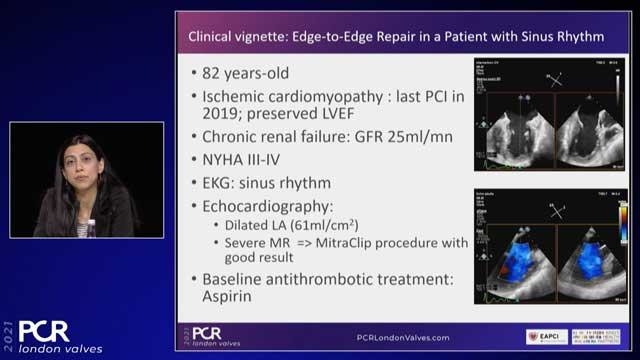3858 results for «458»
3858 results
Left main intervention in 2021
16 Dec 2021 – From GulfPCR-GIM 2021
In this session whose aim is to highlight imaging value, watch the case of a 64-year-old man with diabetes, hypertension and severe interstitial lung disease who presented with new onset of shortness of breath and functional class NYHA II-III for 3 days...
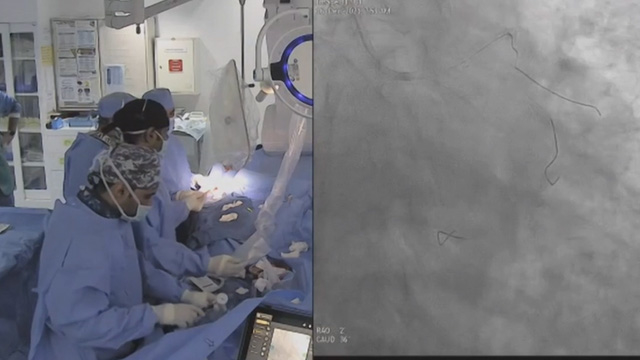
Technical consideration for left main bifurcation in light of evidence
16 Dec 2021 – From GulfPCR-GIM 2021
Watch this session to get proved that provisional side-branch stenting is recommended for the majority of bifurcation lesions, including the LM, that DK-Crush appears to be the best two-stent technique for important SB with complex stenoses, and that imaging and physiology can optimize stenting strategy decision...
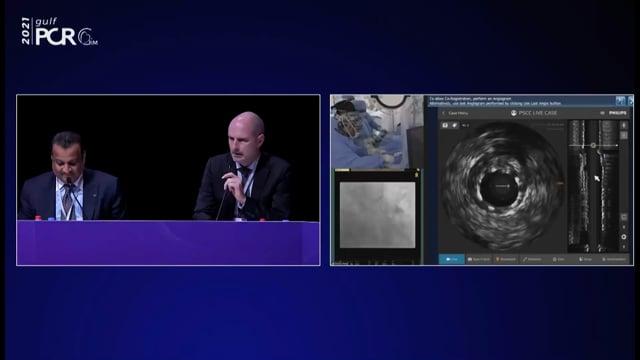
TAVI: the future
22 Nov 2021 – From PCR London Valves 2021
This session from PCR London Valves 2021 particularly focuses on the expected expansions of TAVI to patients at a younger age and with a longer life expectancy, including a virtual live case from Clinique Pasteur, Toulouse, France.
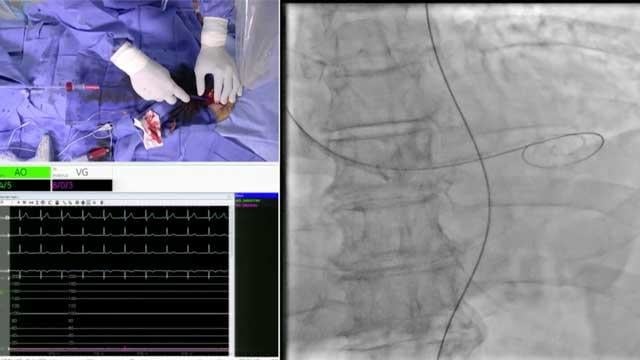
How to use devices efficiently in calcified lesions
15 Dec 2021 – From GulfPCR-GIM 2021
This case-based and practical guidance session will enable you to know how to tailor the available technology for lesions with high calcium content, understand the limitations of each device used for plaque modification, and overcome difficulties with each modality.

Transcatheter mitral valve implantation
22 Nov 2021 – From PCR London Valves 2021
Shot in the simulation lab at the PCR London Valves 2021 Congress, this session enables you to see some of the anatomical specimens and devices currently used for transcatheter mitral valve replacement and witness a Tendyne implantation from start to finish using a simulated heart.
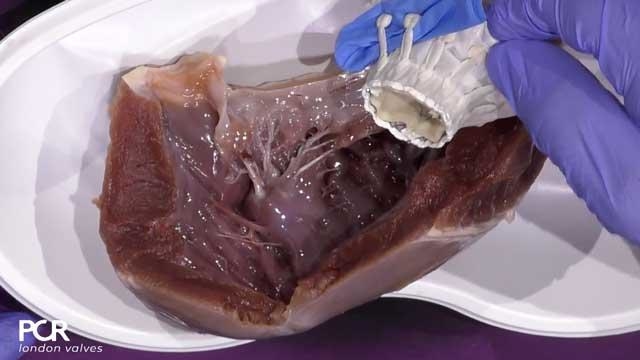
Late stent failure: a harsh reality
15 Dec 2021 – From GulfPCR-GIM 2021
Let's consider the modes of late stent failure in this session that will also enable you to understand the role of intravascular imaging in guiding evaluation of stent failure, and to enhance your skillset in treating late stent failure.

Contemporary TAVI in 2021 - Session with LIVE case
15 Dec 2021 – From GulfPCR-GIM 2021
Watch the LIVE case of a 76-year-old female patient with DM and HTN, who had MPI 2 years ago and who presented with severe aortic stenosis, and discuss device selection based on coronary anatomy, cerebral protection device use, and peripheral vascular access management.
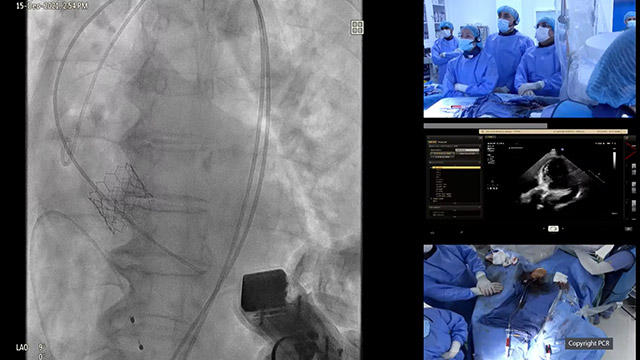
Mitral valve disease: diagnosis and treatment selection
23 Nov 2021 – From PCR London Valves 2021
In the first part of this PCR London Valves 2021 session, review the quantification of mitral regurgitation and learn how to better approach patients. Then, in the second part, study patient selection for specific types of procedures.
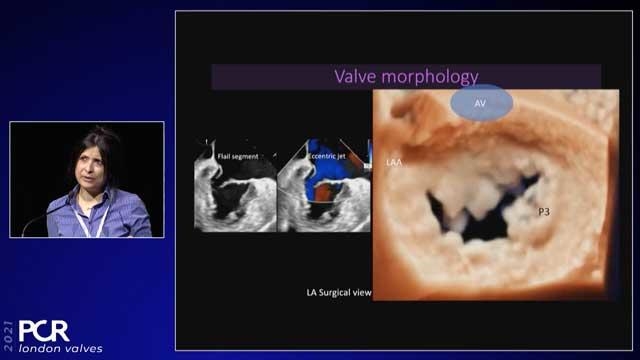
Lifetime management of TAVI patient
15 Dec 2021 – From GulfPCR-GIM 2021
In this session, start viewing the case of a 67-year-old female patient with hypertension and severe symptomatic aortic stenosis used to illustrate TAVI in very small aortic annulus, and, then, follow the discussion about smallest annulus treated with TAVI and lifetime management of TAVI patient.

Tricuspid valve disease: state-of-the-art
23 Nov 2021 – From PCR London Valves 2021
Imagine that you are faced with a patient with severe tricuspid regurgitation. You may ask yourself many questions, such as: what could be the prognosis of this patient? What is his/her life expectancy? Is he/she eligible for a particular treatment? What should be the appropriate timing...
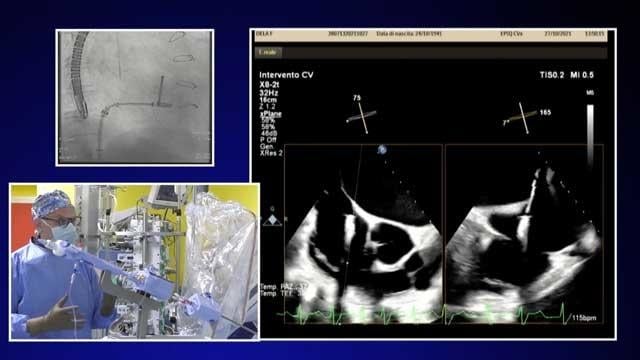
Anatomy of the aortic valvar complex with considerations for optimal TAVI positioning
23 Nov 2021 – From PCR London Valves 2021
In this PCR London Valves 2021 simulation-based learning session, learn the latest in transcatheter aortic valve implantation, gain an understanding of anatomical features, review imaging modalities to plan and perform procedures, and witness hands-on activities, among others.
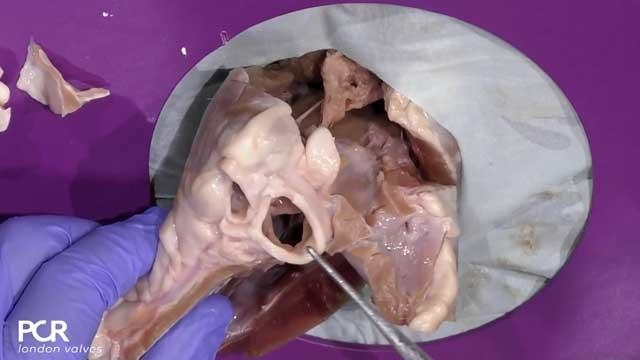
Challenging Cases
15 Dec 2021 – From GulfPCR-GIM 2021
This session comprises a series of cases presenting complications to be discussed: if you were faced with them, what would be your strategy? Watch it and compare your methods with the ones of your peers!

GulfPCR-GIM 2021 Opening Ceremony
15 Dec 2021 – From GulfPCR-GIM 2021
Listen to the enthusiastic speeches of the 4 Course Directors who are happy to open this 10th edition of the GulfPCR-GIM Congress and to present the main highlights of a program that promises to be dense and rich.

Transcatheter mitral valve repair and replacement: optimal technique and procedural refinement
23 Nov 2021 – From PCR London Valves 2021
This PCR London Valves 2021 interactive learning session is designed to review the basics but also the more advanced and complex procedural steps of transcatheter mitral edge-to-edge repair, as this procedure requires a rigorous and standardized technique that can take time to learn.
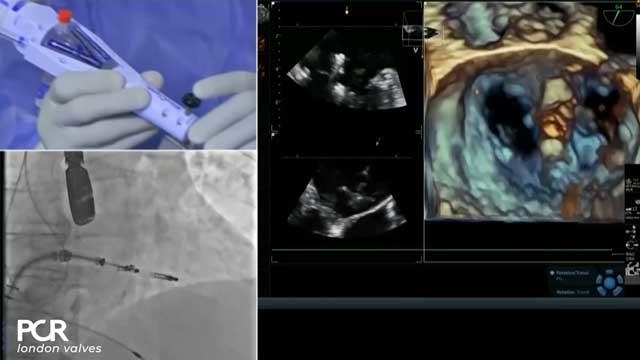
Ultra low contrast PCI in chronic kidney disease: what tools do we have? How to perform? How to achieve optimal outcome? How low can you go?
22 Dec 2021 – From GulfPCR-GIM 2021
Don't miss this session to understand how to perform ultra-low contrast PCI in complex disease and to discover SyncVision co-registration, Dynamic Coronary Roadmap, and the benefits for Azurion to perform ultra-low contrast PCI.

Mastering PCI in patients with complex lesions, ACS and HBR
22 Dec 2021 – From GulfPCR-GIM 2021
Watch this video if you wish to learn how to treat patients with complex anatomy, HBR feature, and presenting with ACS, to discuss the latest evidence about DAPT in HBR patients with acute coronary syndrome, and to ask open questions about DAPT for HBR patients.

Tricuspid valve disease: guidelines and beyond
23 Nov 2021 – From PCR London Valves 2021
Watch this PCR London Valves 2021 session to hear about the latest European guidelines on the management of tricuspid valve disease, understand the details behind these guidelines and how they compare with those elsewhere in the world, and, most importantly, find out how Heart Teams can translate...
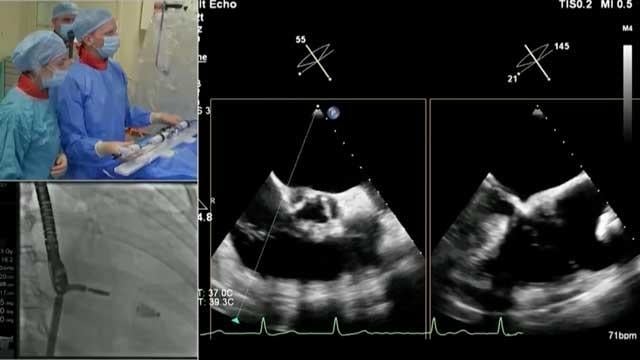
Coronary access following TAVI
23 Nov 2021 – From PCR London Valves 2021
Using the anatomy and imaging section and simulators, our experts dissect the case of a typical TAVI patient, an 81-year-old male, former smoker, with hypertension, dyslipidemia, and gastric ulcer, symptomatic of effort dyspnea, with marked left ventricular hypertrophy and all the parameters of severe aortic stenosis,...
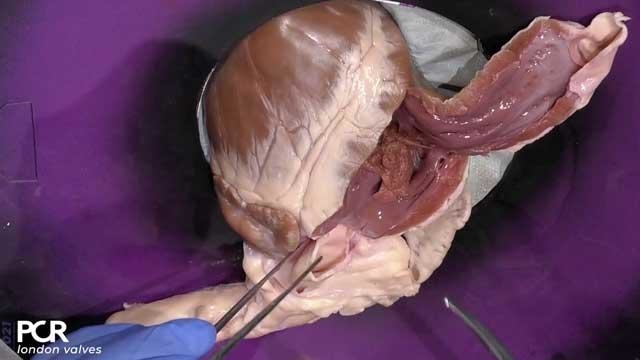
Align to a line: improve clinical outcome of current and future patients with the Evolut platform
22 Dec 2021 – From GulfPCR-GIM 2021
Thanks to this session, aimed at revealing the exceptional performance of Evolut PRO+, learn key considerations for patients with longer life expectancy and explore the pathway to a single-digit pacemaker post-TAVI.

Transcatheter mitral edge-to-edge repair: procedural complications and lifetime management
23 Nov 2021 – From PCR London Valves 2021
This PCR London Valves 2021 session presents different kinds of complications in mitral procedures based on clinical cases: discuss the case of an 82-year-old male patient with symptomatic severe ischemic secondary mitral regurgitation, coronary artery disease, diabetes, and chronic kidney disease, among others!
